
Glorious Galapagos Cruise: Epic Wildlife Adventure
Want to see the greatest show on Earth? It’s got to be the Galapagos
It was love at first sight, not just for the two juvenile albatross engaged in an elaborate bonding exercise, but for me and my fellow passengers on an enchanting Galapagos cruise. The birds were just feet away, engaged in an energetic courtship that involved lots of bill fencing and neck straining, followed by a walkabout emulating a pair of drunken sailors.
Ed Balls and his Strictly Come Dancing choreographer could have learned a trick or two from this pair. Except he would have played up to his audience, whereas our albatrosses carried on as if there was nobody watching.
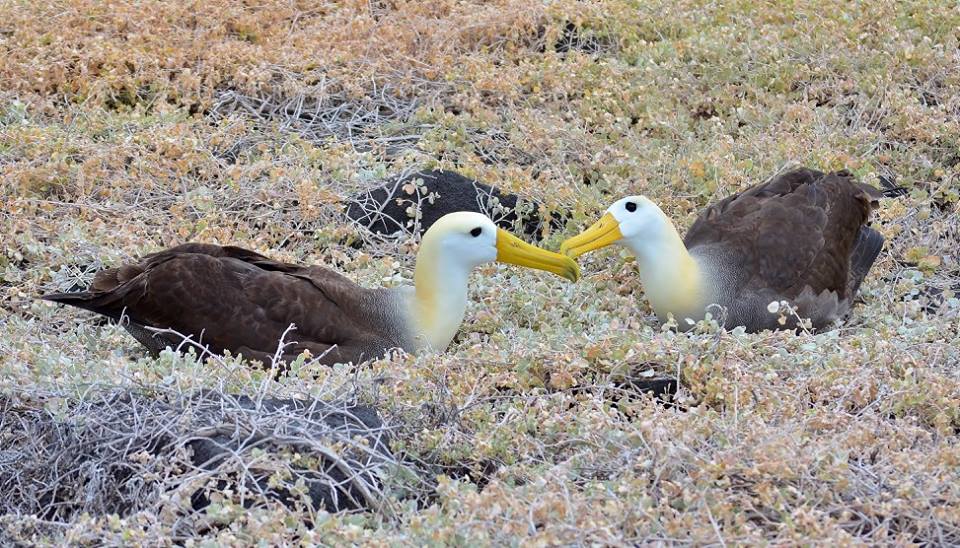
It was a characteristic adopted throughout countless wildlife encounters enjoyed during my four-night Eastern Galapagos cruise.
I snorkelled through a school of big-eyed salema fish as sea lions played with a ray, barrel-rolling to the seabed before coming back up to check me out. Another time a gaggle of marine iguanas belly-hugged the lava outcrops by the beach as two mockingbirds hopped after a newborn sea lion – while its mother, conscious of the Galapagos hawk overhead, attempted to drag her baby to the safety of the sea.
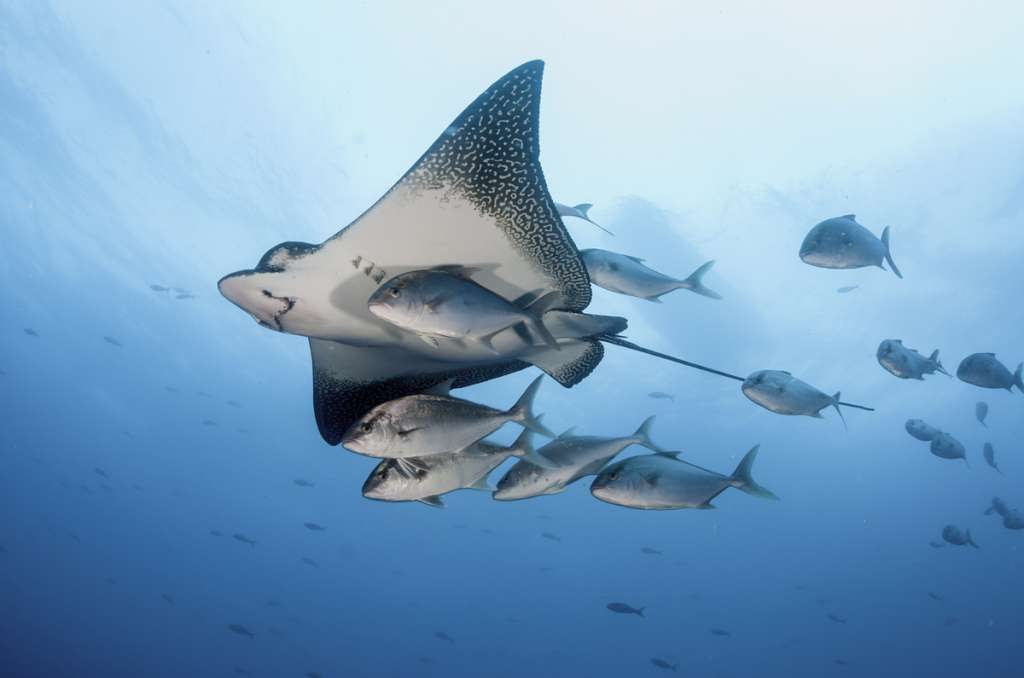
On the island of Punta Pitt our cameras clicked furiously as lethargic sea lions flopped nonchalantly on the beach and all three local species of booby (blue-footed, red-footed and Nazca) revealed themselves during a circular walk. Santa Fé Island and South Plaza both duly delivered their remarkable land iguanas, cactus forests, and birdlife such as swallow-tailed gulls, great frigates and cliff-nesting shearwaters.
With “Attenborough moments” like these waiting at every turn, it’s no surprise that a Galapagos cruise is bucket-list gold.
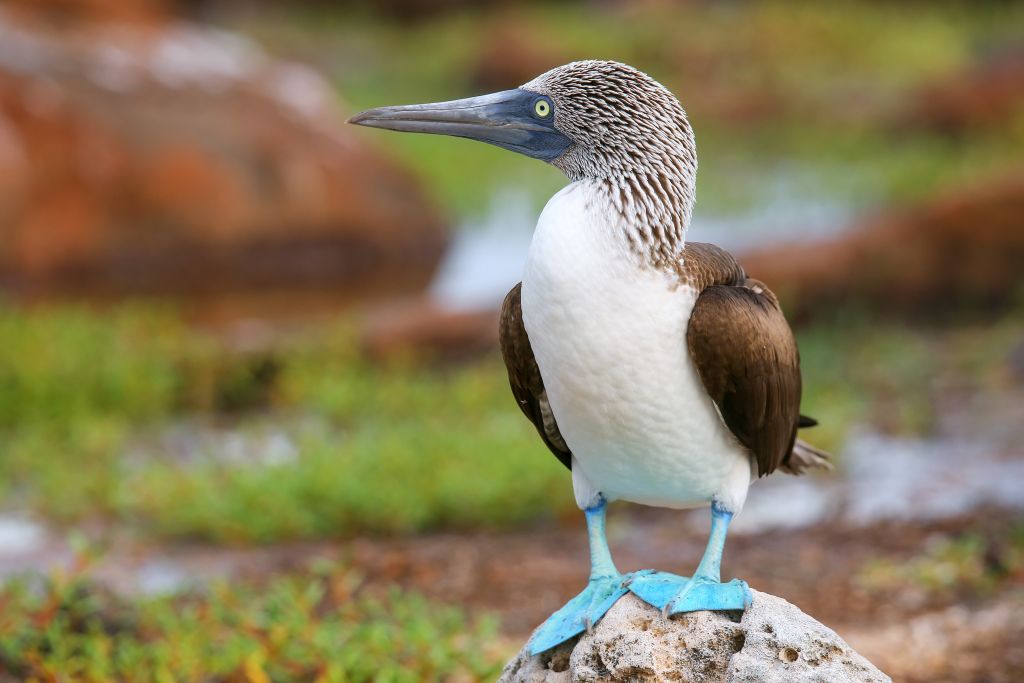
The 19 main islands of the Galapagos are strung out near the Equator, around 1,000 miles off the Ecuador’s Pacific coast. Only four of the islands – Santa Cruz, San Cristobal, Isabela and Floreana – are inhabited, and as 97 per cent of the area lies protected within the Galapagos National Park, a cruise is the best way to see as much as possible in the brief time available.
The number of boats, their size, the volume of passengers and the frequency of their landings are all strictly controlled by the Ecuadorian government. Latest official figures list about 150,000 foreign visitors a year – a drop in the ocean of the world’s 22 million annual passengers.
The restrictions will not allow for sudden growth, so demand – fuelled by a succession of inviting TV documentaries – exceeds supply. I travelled on board Santa Cruz II, recently acquired by Metropolitan Touring from Cruceros Australis, who built her for voyages around Cape Horn between Ushuaia and Punta Arenas.
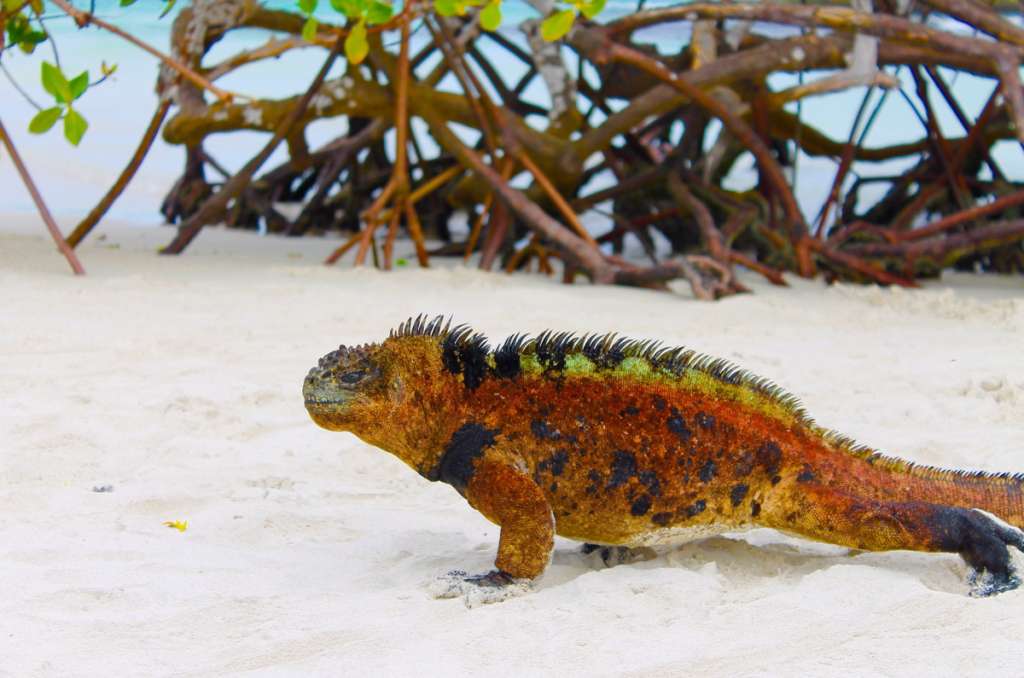
At 72m long she’s a 50-cabin and five-deck expedition vessel. Also boasting a choice of public spaces, chiefly the Beagle Restaurant, Panorama Bar, and the relaxing Discovery Lounge and Library. Cabins range from singles to triples, accommodating 90 passengers. They are simply furnished and picture windows. However, the top of the range are the 30sq m Darwin suites.
There are two outdoor hot tubs, a small gym, kayaks and a glass-bottomed excursion boat. Children have their own activity and dining programme called Little Pirates, although there were no pint-sized swashbucklers on my sailing.
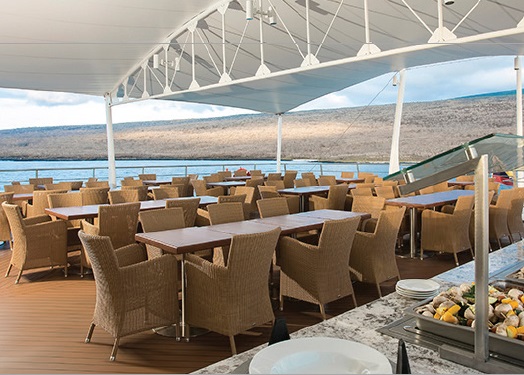
There are two crew members for each guest, and eight naturalist guides to provide expert briefings on what to expect, and to lead excursion groups ashore. Santa Cruz II does not generally exceed 11 guests per guide.
Having flown to the Ecuadorian capital of Quito, my first port of call was the 31-guestroom, Casa Gangotena. This boutique hotel is Metropolitan Touring’s sumptuous renovation of a colonial building in the reinvigorated Old Town.
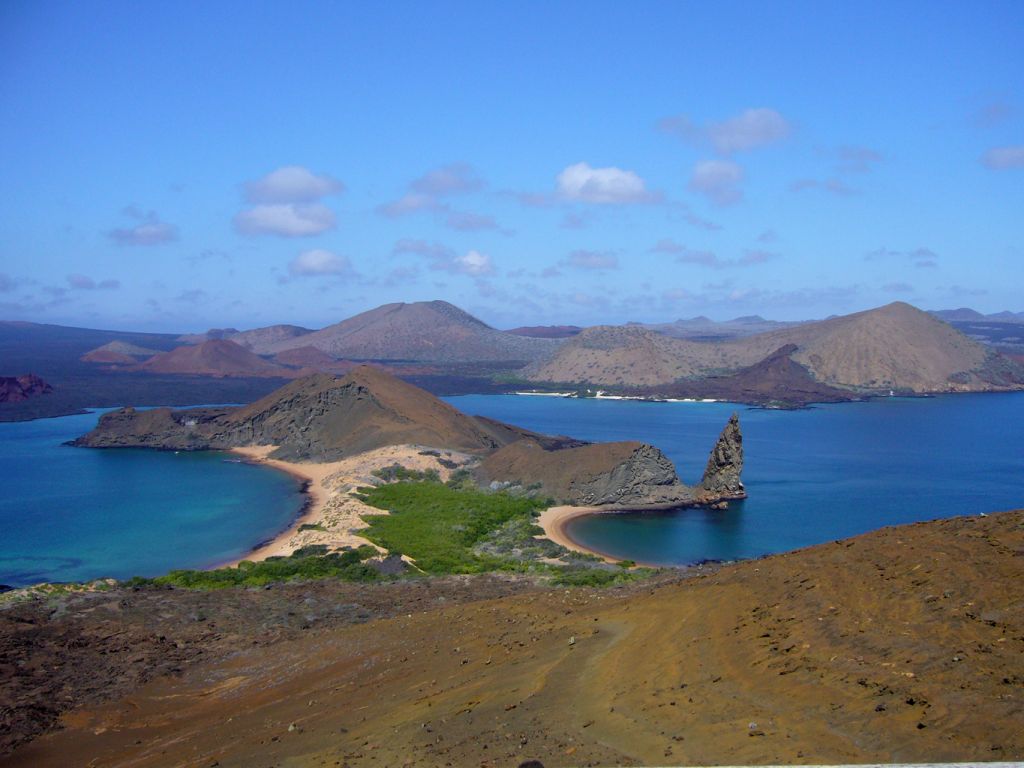
After two nights’ acclimatising it was time to fly via Guayaquil to San Cristobal in the islands, and transfer to the ship. Then, after a quick briefing to assign cabins and excursion groups, I got my first taste of the joys ahead on an excursion to Punta Pitt.
Santa Cruz Island brought souvenir shopping in Puerto Ayora town. Giant tortoises at the refurbished Charles Darwin Research Station offered a foretaste of those I’d see roaming wild later that day. I tried to follow suit, albeit on a gentle mountain- bike excursion, followed by some sea kayaking in Tortuga Bay.
Of the islands we saw, my personal favourite was southerly island Española, where I observed the albatross. This wild, dramatic looking island is a remarkable nesting site and the birds were so relaxed that I had to walk round some of them, including an oblivious blue-footed booby, preening itself in the middle of the rocky trail. And taking care not to step on the comatose marine iguanas, so well camouflaged against the craggy black lava rock, was akin to a full-time job.
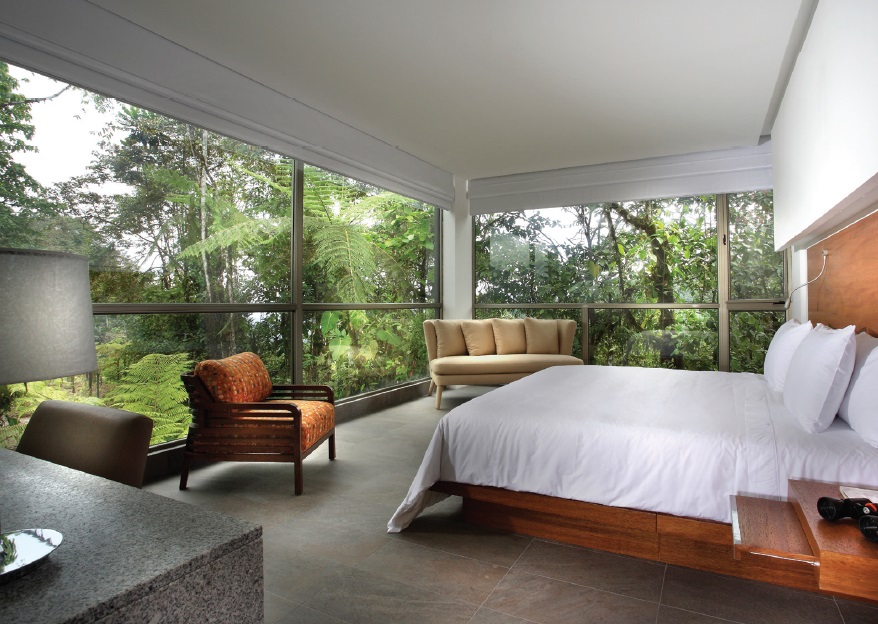
After four nights on the boat, a two-night extension at Metropolitan’s Finch Bay Galapagos Hotel, set in a secluded spot fronted by a private mangrove-fringed beach on Santa Cruz Island, offered the perfect opportunity to process what I’d seen.
The property’s daily excursion programme picked up where the cruise left off, with craggy North Seymour proving the highlight. Its miniature forest of ghostly-grey Palo Santo trees practically groaned under the weight of nesting blue-footed boobies and magnificent frigate birds, while a snorkel with fur seals revealed a chance sighting of a blacktip reef shark.
Following a layover back at the Casa Gangotena in Quito, I opted for a further two-night extension at Mashpi Lodge, Metropolitan’s pioneering environmental hotel, three hours by car to the northwest in Mashpi Rainforest Biodiversity Reserve.
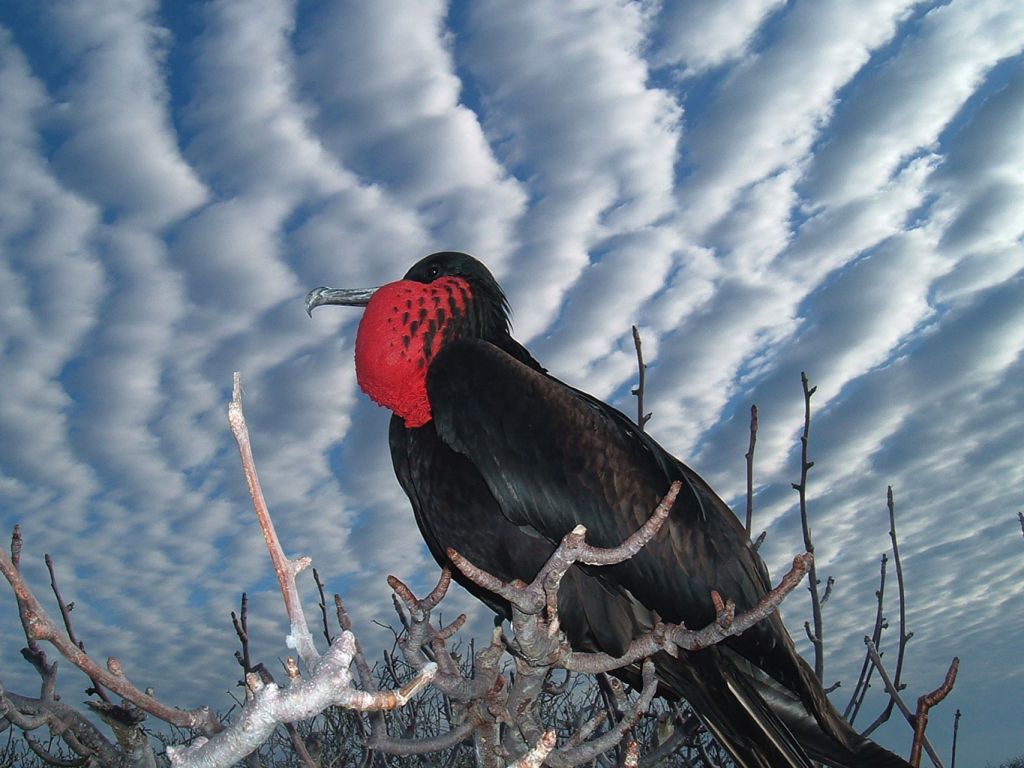
Birdwatching sessions in the morning were followed by visits to a hummingbird feeding station, and nocturnal nature walks yielded sightings of everything from huge owl butterflies to tarantulas and tiny frogs. The two-person, pedal-powered Sky Bike, an observation tower and The Dragonfly, a new 2km gondola ride, all provide ways to explore the forest canopy.
One of the joys of taking a Galapagos cruise combined with a mainland Ecuador trip such as this is that you don’t need an interest in hardcore hiking or photography or even wildlife. It can still be fascinating and endlessly rewarding. But if, like me, you love all three, it’s positively life-affirming.
Meet The Big 15
To help ensure its clients choose the right itinerary, Metropolitan has developed its “Big 15” concept. This makes it clear which itineraries feature the 15 birds and beasts that everyone wants to see – such as penguins (Western or Northern itinerary), albatross (Eastern) and flightless cormorants (Western). My four-night Eastern cruise promised (and delivered) 11 of the Big 15, while the nine-night Eastern & Western itinerary promises all 15. See Metropolitan Touring Company for more information.
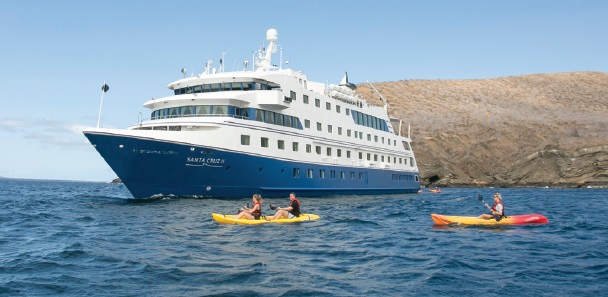
The Facts: Santa Cruz II
Gratuities: The suggested amount is $13 per person per day for crew and $10 per person per day for guides. How much you tip the barman depends on how much you drink.
Internet: Wi-Fi access for the duration of the cruise costs $40 plus tax.
Prices: A bottle of beer costs from $4, a glass of house wine from $8.50 and the cocktail of the day starts from $11. While there’s no laundry service onboard there are two domestic dryers for guests’ use.
Spa: There is no on board spa but guests can choose to be pampered post- or pre-cruise at Finch Bay Galapagos Hotel finchbayhotel.com.
What’s free? Complimentary items range from a “Big 15” coffee-table book to hot drinks and snacks, use of sporting equipment, onboard lectures, and evening activities such as stargazing.
Get on Board
Metropolitan Tours offers a 6 night Eastern cruise on Santa Cruz II from $5,372pp. Visit metropolitan-touring.com for more information.
Editor’s Note: This post was originally published April 2017 and has been updated for accuracy and comprehensiveness.


